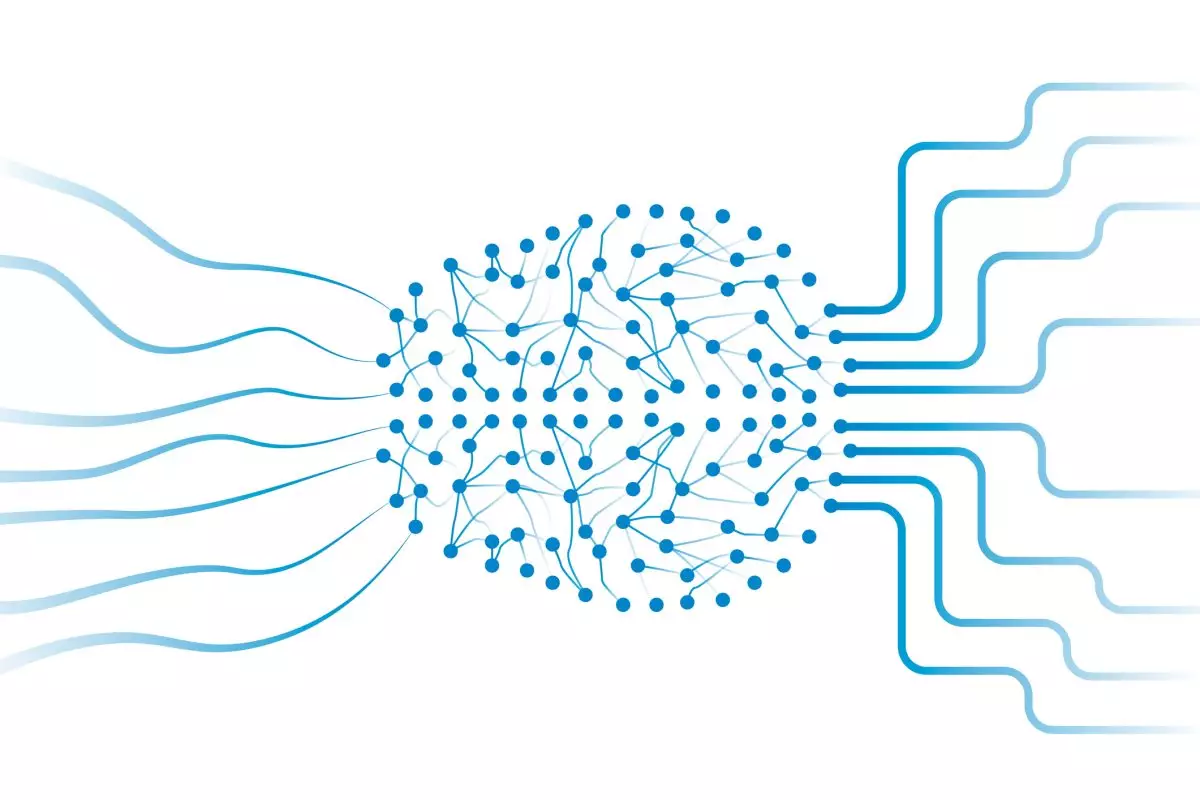The rapidly evolving world of artificial intelligence (AI) has become a playing field dominated by major corporations, leaving a wide chasm between the resources available to them and those accessible to the open-source community. This divide encompasses not only the sheer magnitude of computing power but also the barriers inherent in the processes of model training and deployment. Organizations like AI2, the Allen Institute for AI, are making significant strides to bridge this gap. Their commitment to open-source principles involves generating accessible databases and creating frameworks that allow developers to adapt advanced post-training methodologies, making large language models (LLMs) usable for a broad spectrum of applications.
Many might assume that once a foundation model is trained, it is ready for deployment. However, this is a misconception. The pre-training process forms a pivotal stage in LLM development, but it is by no means the final frontier. Recent trends have revealed that the post-training phase is where actual transformation occurs, refining the raw outputs of language models into tools that can serve specific user needs. This transitional process is critical, as it shapes the model’s ability to produce relevant, accurate, and safe information, steering it away from generating harmful or misleading content.
One of the most significant aspects of the current AI landscape is the veil of secrecy that many corporations maintain regarding their post-training techniques. While countless developers can replicate the initial stage of model training, understanding how to effectively customize these models for particular industries— whether for mental health professionals, educational institutions, or research analysts— remains elusive. Companies such as Meta, OpenAI, and Anthropic have their proprietary methods, which can often feel exclusive and inaccessible to smaller entities or independent developers.
AI2 stands out in its mission to uphold transparency in AI development. The organization critiques the inadequacies of purportedly “open” AI projects, emphasizing that simply making a model available without disclosing the intricacies of its design and training does not fulfill the promise of openness. The limitations imposed by corporate secrecy not only stifle innovation but can also place developers in a vulnerable position regarding the reliability and safety of the tools they seek to implement.
AI2’s Innovative Approach with Tulu 3
To tackle these ongoing challenges, AI2 has introduced Tulu 3—a groundbreaking post-training framework designed to simplify and democratize the process for developers. This newer system builds upon the earlier Tulu 2 framework, integrating insights gleaned from extensive research, experimentation, and iterative training to meet modern needs. The result is a methodology that enables developers to mold their models according to specific objectives, whether that involves prioritizing multilingual capabilities or honing in on computational skills.
Through Tulu 3, developers gain the ability to engage in detailed curation, reinforcement learning, and other nuanced steps that refine the model’s functionality. This characteristic places Tulu 3 at the forefront of advancements in the open-source AI field, allowing users greater control over the outcomes of the LLMs they create. By providing a comprehensive post-training regimen, AI2 is not merely providing a set of tools; they are offering an empowering framework that opens the door for innovation across various sectors.
Implications for Sensitive Industries
One of the most pressing concerns surrounding AI deployment lies in industries that handle sensitive information—such as healthcare and research. Traditionally, these entities relied on external companies’ APIs, inadvertently exposing themselves to security risks and potential data privacy violations. The prospect of a fully accessible, in-house training and post-training regimen such as what AI2 is proposing could significantly alter this dynamic. Organizations can confidently develop customized models without risking data leaks or dependence on third-party services, thereby maintaining full control of sensitive user data.
AI2’s commitment to developing democratized AI tools signifies an important shift in the landscape. By sharing its transparent processes and strategies, the organization not only showcases the potential of its models but also entices other developers to follow suit and embrace open-source principles.
As AI continues to permeate various industries and sectors, the importance of transparency, accessibility, and collaboration cannot be overstated. AI2’s initiatives, particularly with Tulu 3, reflect a vision where open-source and corporate AI can coexist beneficially, with the former offering tools and frameworks that ensure a more equitable development landscape. This alignment has the potential to inspire further innovation and, ultimately, create AI technologies that serve everyone—effectively turning theory into practice, and old barriers into bridges.


Leave a Reply